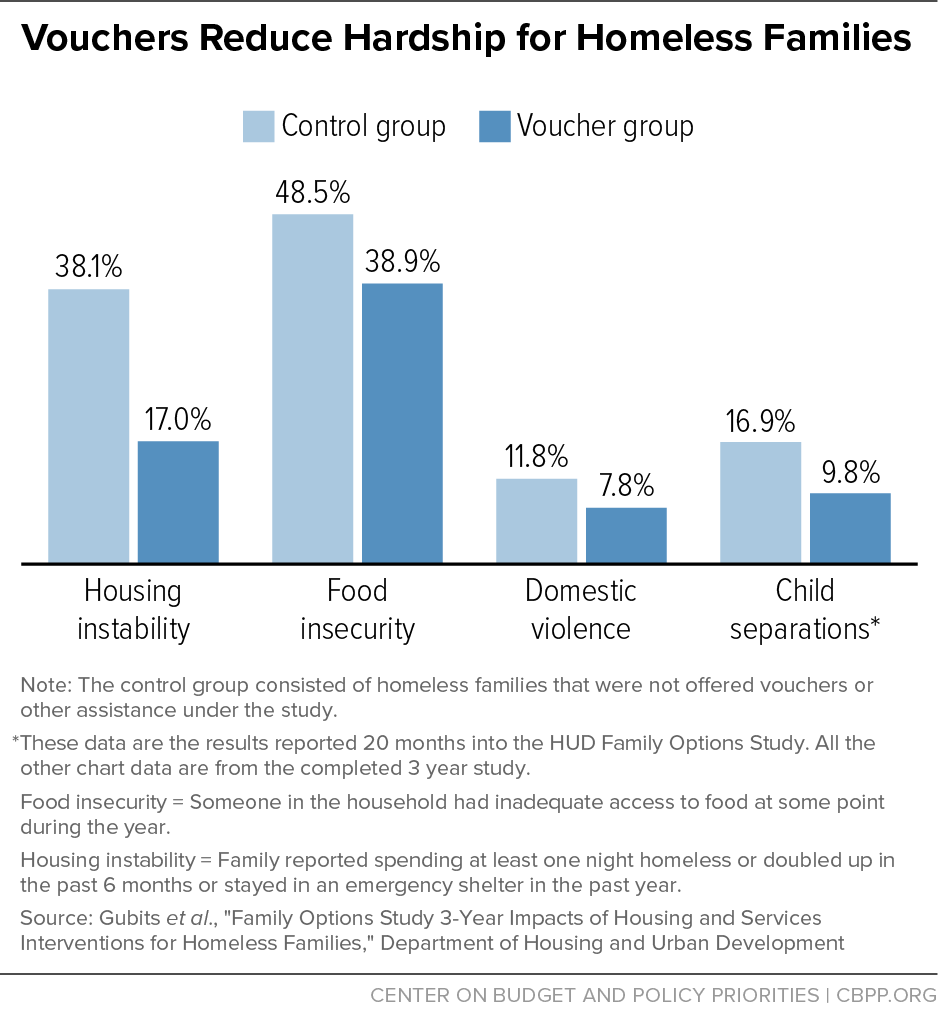BEYOND THE NUMBERS
Housing Choice Vouchers help low-income families afford stable housing, prevent homelessness, and strengthen local communities in every state, as we detail in our updated interactive Housing Choice Voucher state fact sheets. Over 5 million people in 2.2 million households use a voucher to keep a roof over their heads.
Our fact sheets provide demographic information on housing voucher recipients in each state. Nationally, nearly 70 percent of voucher recipients are seniors, children, or people with disabilities. However, voucher recipients vary greatly by state. Seniors or disabled renters make up a larger portion of voucher recipients in some states, while families with children make up the bulk in others. Most voucher families who can work do so: nationally, nearly 70 percent of non-elderly, non-disabled households using vouchers were working in 2016 or had worked recently, while state rates vary somewhat.
Vouchers strengthen local communities. Property owners received $17.5 billion in voucher assistance payments in 2016. These funds helped them pay property taxes and prevent blight by maintaining their properties in good condition. Vouchers support all types of communities, including 585,000 people in rural areas and small towns. Our fact sheets show where housing vouchers are used across urban, suburban, and rural areas in each state.
Vouchers are the most effective tool for reducing homelessness and housing instability, numerous studies show. Children in homeless families that receive housing vouchers change schools less often and are 42 percent less likely to be separated from their families and placed into foster care. Their families are also 20 percent less likely to be food insecure (having inadequate access to food at some point during the year) and 34 percent less likely to experience domestic violence (see chart). Homelessness, particularly among children, affects every state, as our fact sheets show.
Vouchers also expand opportunities for children. Children in families that use housing vouchers to move to better neighborhoods are likelier to attend college, less likely to become single parents, and earn more as adults, according to recent groundbreaking research. Nearly 400,000 families use their vouchers to live in neighborhoods where the poverty rate is below 20 percent.
Yet, 3 out of 4 needy low-income renters don’t receive a voucher or other federal rental assistance due to limited funding. With rents rising faster than incomes in many communities, moreover, policymakers must provide additional funding simply to prevent cuts in assistance. Under a funding freeze in 2018, for example, 175,000 fewer families nationally would be assisted. Our latest fact sheets include impacts on voucher families in each state. Providing the funds necessary to protect and expand the availability of housing vouchers should be a top priority of federal housing policy.

